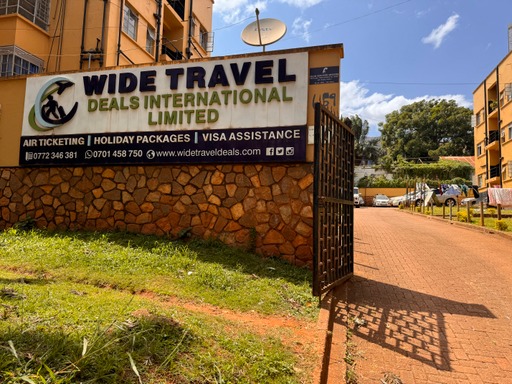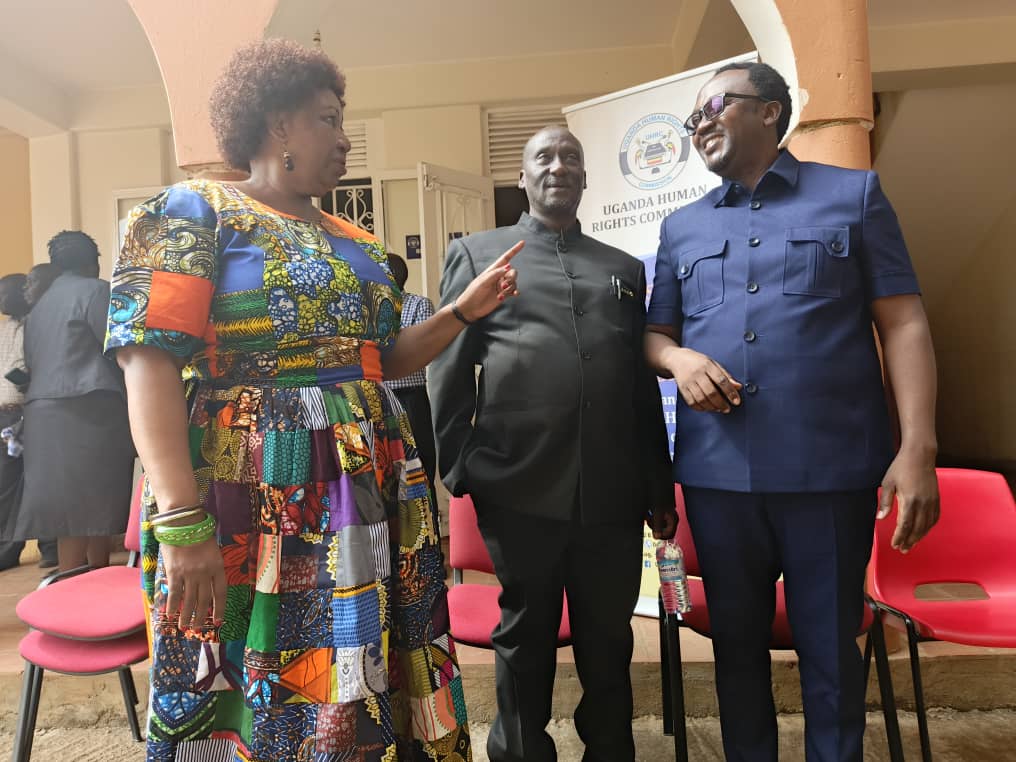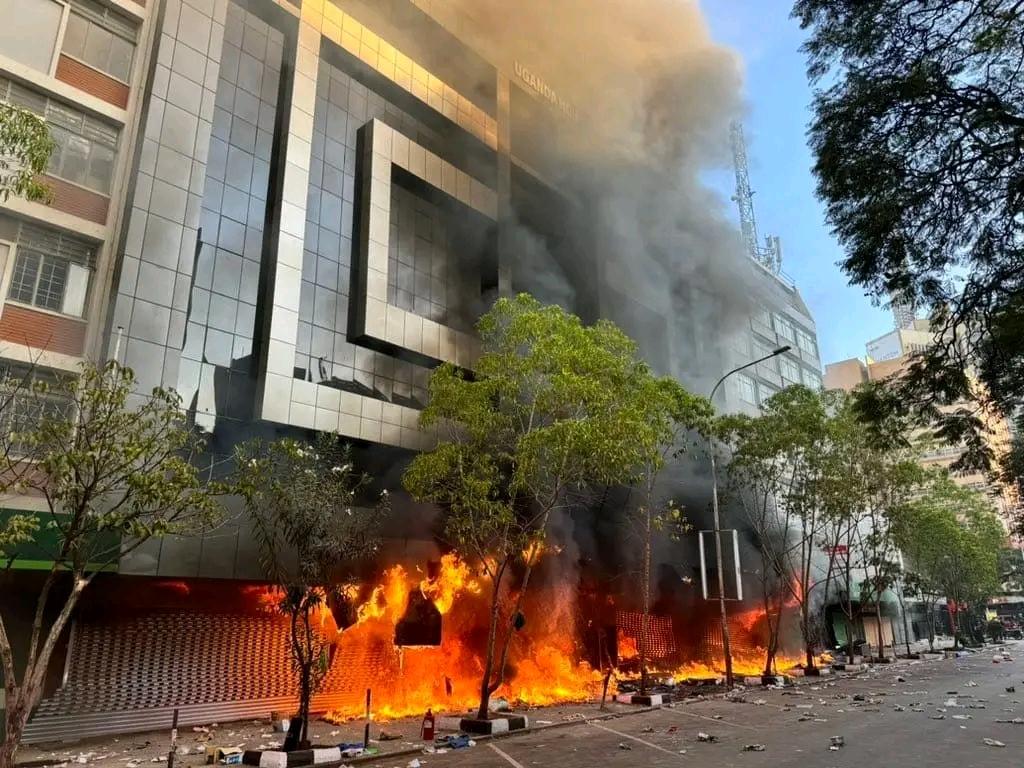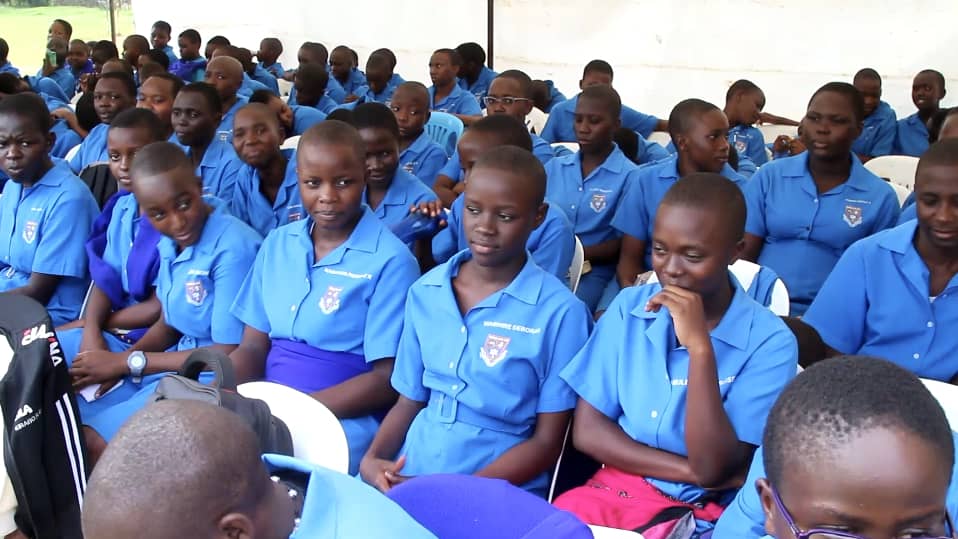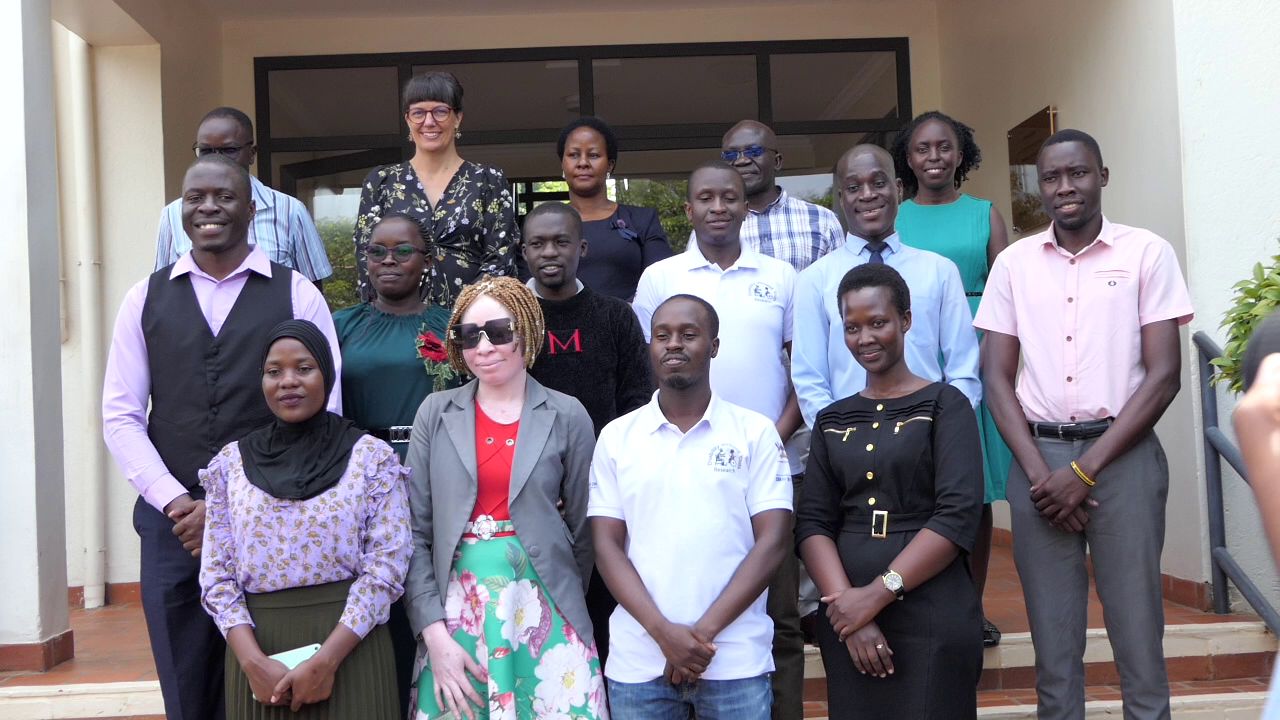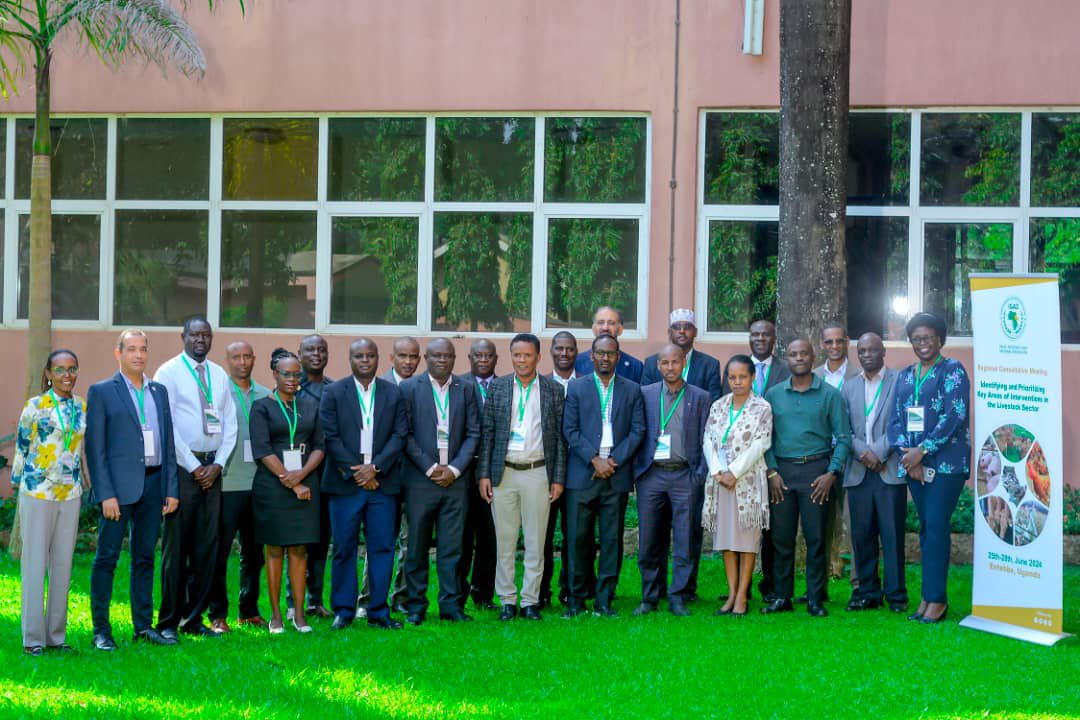Big Interview: Is your vehicle a vintage, classic, or antique automobile?
Many individuals struggle to distinguish between classic and vintage cars.
Although antique, vintage, and classic cars may appear similar, they possess distinct and crucial disparities, making it unjustifiable to use the terms interchangeably.
Mackay Mwebingwa, the chairperson of the Vintage Collectables Rotary Fellowship, stressed the significance of preserving vintage cars while explaining the discrepancies between vintage, classic, and antique cars.
Additionally, he urged the government to acknowledge the historical and cultural importance of these vehicles and potentially exempt them from certain regulations.
Excerpts below
*********************************************************************************************
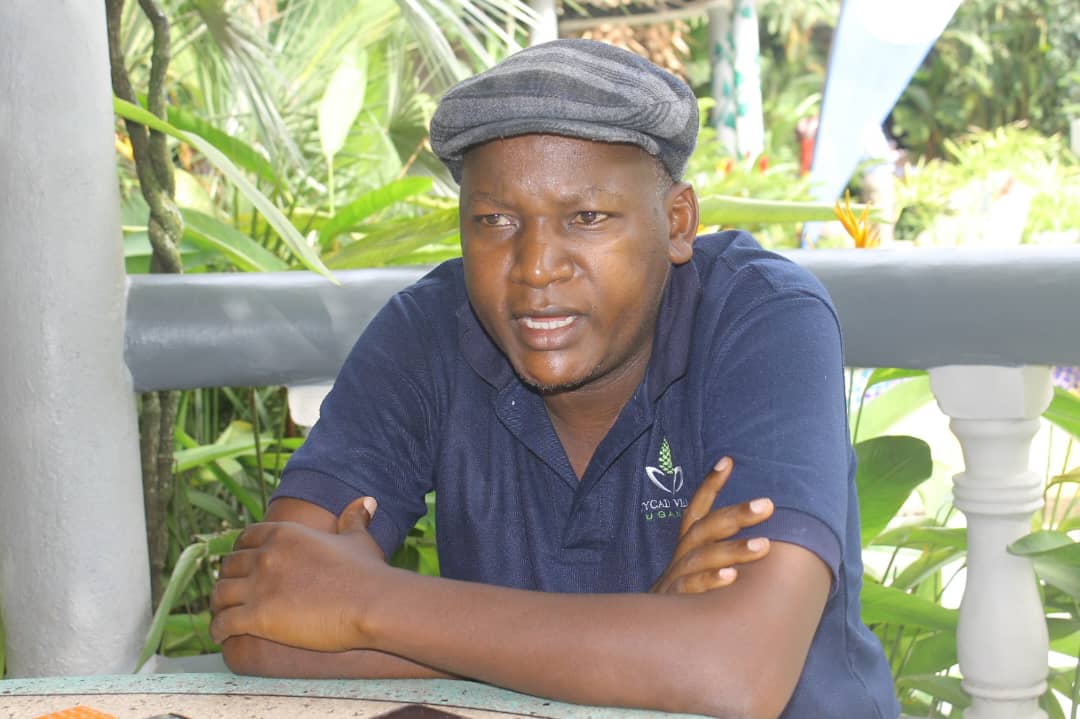 Mackay Mwebingwa, the chairperson of the Vintage Collectables
Mackay Mwebingwa, the chairperson of the Vintage Collectables
Who comprises the Vintage Collectables Rotary Fellowship?
It is a group that brings together people that have passion for vintage cars who are Rotarian but the beauty about it is that it also brings on board people who are not Rotarian but have the same passion like us. People who love old cars all come together under what we call the Vintage Collectables Rotary Fellowship. It is actually recognised by Rotary International. We are registered and we are accountable to Rotary International. So we are a legal entity.
Is your mission to preserve Uganda's heritage solely focused on historic buildings, or does it encompass a broader scope?
What we basically do is actually not only about cars, though, these cars move, it is what highlights us. Most people see the cars, but we do quite a lot. We collect old items. I will give an example if your great grandfather had a suitcase, those old leather suitcases. You keep it for your children and your children's children.
So we collect a lot of home old stuff that our great grandparents used to use. So, that the younger generation can actually see where we came from. We have things like the rotary phones. These are phones that had numbers in the circular where you had to dial, put your finger and then you move in a circular way.
Such things our children did not see. So, we have members that actually have those kinds of items. So it helps us to see where for example the telephone industry has come from and where we are going. We are also into advocating for all buildings because we have seen it is a challenge more so in the city centre. The old building shows where the particular location has come from. When you go to countries like Italy, when you go Greece, they don’t have wildlife. What people go there to see is the old buildings. It is a very big tourism activity in Europe. So they don't demolish those old buildings for skyscrapers. They keep them to show their beginning and heritage.
Based on your assessment, how many historically significant buildings exist in Uganda, and what measures are needed to safeguard them from frequent demolitions?
I might not be specific with the numbers, but the buildings are there though unfortunately most of them have also been demolished.
There are so many other places that have old buildings like Jinja. Jinja has buildings as old as the 1900s. Police station in Jinja is located in the 1928 building. It has never been painted, but looks awesome the way it is. The Uganda Railway Museum in Jinja was constructed in 1926.
What criteria guided your selection of partners in this endeavor, such as Uganda Railways Corporation (URC) and the Cross-Cultural Foundation of Uganda?
When you look at Uganda Railway Corporation, the railway was one of the earliest means of transport. So it falls in the vintage category. The railway was there before actually these cars. So it is one of the oldest means of transport that the world used to use even in Uganda. That is why we partner with them. But we also partner with Cross Culture Foundation Uganda. They saw us as very good partners since for us we are conserving cars and other collectables.
How long has this initiative of the drive been in operation, and what do you envision for its development in the next 5-10 years?
This particular one with Uganda Railways Corporation and Cross Culture Foundation was the first drive we are doing with them as a partnership but previously for us we have been doing this drive for the last five years but our members have also been doing the car shows.
Every March 8 which happens to be Women's Day we actually do a drive to either Jinja or Entebbe at Uganda Wildlife Education Center, which is the zoo.
While we are there we award the best woman restorer. The women that have restored their vehicle because we are trying to also encourage the ladies to restore the cars to join us in this campaign of restoring cars and award the woman who has put time and resources to restore an old vehicle or a lady that has collected very old items.
What inspired the inception of this unique concept?
I would say it is the passion. We love these old cars and old stuff. But also, unlike the buildings that don't move when we move our old cars, people do see them. Everywhere we go, the children get excited. These are cars they have never seen; the old people bring what I would call nostalgic memories to them. So whenever we pass you will see them standing up and clapping and waving because it takes them back into time of what they were doing back then. These are the cars that were there. So it is kind of exciting in the community for both the old and young.
How do you engage and inspire the younger generation to appreciate and preserve historical items?
One way is by also getting involved in their fashion. Actually we walked the runway in very old unique attire. We drove the cars around the university and the students were actually running after these cars, taking photos and wherever we went to park they came and you would see them so excited. It is like a magnet. It is like seeing something you have never seen.
So that is one way but we have done a partnership with MTN whereby we also showcased these old cars. Some schools do come to us and invite people who have the collectibles. We have some members that have what I would call a museum with very old, old stuff. So, those members go to schools and showcase what they have during school days and the children are always very eager looking at things that they had never seen.
We are getting a lot of interest from the younger generation and that is the only way we can actually be assured that these things will be safe and conserved.
From your observations and experiences in this field, have you noticed widespread acceptance of your heritage preservation message? If not, what factors contribute to this?
I would say most of the Ugandans are appreciating our efforts. I have told you we do conservation, heritage, planting of trees, road safety reaching out to the children.Most Ugandans are embracing and whenever we go people that have those kind of old things, old cars actually when they see us some of them follow us and we they tell us that they want to become members and we recruit them.
There is no better way of passing this message to the population than using these old cars. We are happy that the population is actually welcoming us with open hands.
Could you start by providing a definition of "vintage"? Does it exclusively refer to items of advanced age?
Yes, vintage means old but different countries have different definitions of vintage. For example, what is vintage in the United States might not be vintage here. When you talk about vintage in the United States, you are for example looking at cars that are probably 70 years and older. It is what they call classics and antiques. But if you come to Uganda, I think they talk about vintage cars that are about 30 years old. So the definition varies from country to country.
Please define classic and antique cars for us.
Antique cars I would describe as the first generation cars. (Antique cars refer to vehicles dating back to before World War I. Their uniqueness is not solely based on their age but also on their preservation in the exact condition they were originally manufactured, requiring the use of manufacturer-approved spare parts for repairs).
Some of them(vintage) were steam cars, some of them probably use the paraffin. Some of them probably, if you have seen the extremely old cars that had tires that look like these tires on our motorcycles, the first cars were what I would call antique.
Then what followed is what would be known as the vintage. And then the classic is any modern car as it starts getting old (A classic car is defined as a vehicle that is between 20 and 40 years old, maintaining its original design and specifications through proper repair and maintenance)
It is a classic car. So I will give an example of these old age old premiers cars, they are soon entering the era of being classic cars.
What's the significance of retaining old number plates?
Well, that is the challenge that we are facing. These old cars came with these old number plates. They are six digit plates. If you count the numbers on the vintage cars, the digits are six whereas the current vehicles, the digits are seven. The challenge we are having is that the government wants to take away these six digits’ number plates from our cars. That totally disorganized everything because the six digits thing is our identity. That is our origin.
So, if you remove that number plate, and you put a new number plate, then it ceases to make sense. It is like getting your grandfather's name who is about 80 years old and you say we are now giving you a new name. For 80 years he has been known by that name. So that is what is exactly happening on our number plates. A few of our colleagues have actually lost these number plates.
First of all, it is very difficult for us to get a road license, third party because these cars are not in the Uganda Revenue Authority (URA) system. So if you want to put the car in the URA system that means they will tell you to lose the six-digit plate. We are not willing to let go of the six big plates.
What specific actions or support would you like to see from the government in this context?
The government should let the old number plates and the six digit plates be retained by the old cars, the vintage cars. We are happy to pay for them. We are happy to pay all the other costs.
We have examples our neighbors in Kenya have actually done the same. They recently went digital. They changed their number plates but for the old cars you have also let the old car owners maintain. They have given them the new plates but maintaining their original six digits.
We are not opposing the digitalization of the number plates in Uganda but we are saying yes, we can digitize the old number plate, but we retain the format not putting the new number plates. Let's retain the old plates but in a new digital format.
Why is the maintenance of vintage cars on the road becoming increasingly challenging?
What happens is that these vintage cars as you said most of them run on the air cooled. So they use the air to cool their engine. They don't use the radiators where you pour water and then it cools the engine.
These ones use air. So. imagine if the car is stuck in a traffic jam it means it is not receiving air, it's not moving. So that will bring about these cars to overheat and that will not be good. Of course back then very few people owned cars. So the roads were big. There was no traffic jam.
Driving today on Ugandan roads especially in Kampala where moving a distance of Najjera or Ntinda to Kampala takes you about two hours is so challenging for these cars. Usually when we are having drives, we acquire permission from the police and usually we get a lead car such that we are not stuck in a jam otherwise, some of our cars might not make it.
Speaking of spare parts for vintage cars, are they typically expensive, and how accessible are they?
Car manufacturers are no longer making these spare parts. Some of the spares are not being made any more. So the people who have them are in Europe and other countries and they are extremely expensive.
These old cars are not like your modern cars whereby you get spare parts from Subaru or whereby you get something from another car and put it in and it works. So, acquiring spares is becoming another challenge. These spares are bought expensive and they are again taxed.
We would like the government to scrap taxing spares on old cars. We also want to get that tax holiday to access spares for our old cars then keep on our campaign.
If someone wishes to purchase vintage cars, where would you recommend they look for them?
Well these cars are in communities. If you have the desire and you look around you can find some old men in our villages in communities and neighbourhoods have kept them. We have friends who actually do brokerage or broker these old cars. Some of them are our members. These cars are not sold in car bonds. I recently bought one from a village in Mbale.
What is the typical price range for vintage cars?
These cars don’t come cheap, especially if you find the owner who understands it's value. If they know the value, they don't even want to sell them. So I bought this old car for about Shs 80 million. It is a 1962 VW Variant. It had no engine. Vintage cars are actually priceless.
You can even get a vehicle that is being sold at Shs 300 or 500 million depending on what someone has invested in and the history. You can be lucky and get one at about 2 to 3 million but again you need a lot of money to put them back on the road. Usually those who buy them cheaply, they (vintage cars) don’t have anything. You will buy them when they don’t have a gearbox, engine among others.
In what ways do these vintage cars contribute to promoting tourism?
We do have tourists who love the old things. They like going to museums looking at old cars and old collectibles, not all tourists who come to Uganda are interested in wildlife. There are those who come to experience our culture and also see old things. Tourism is about conservation and we are doing conservation





